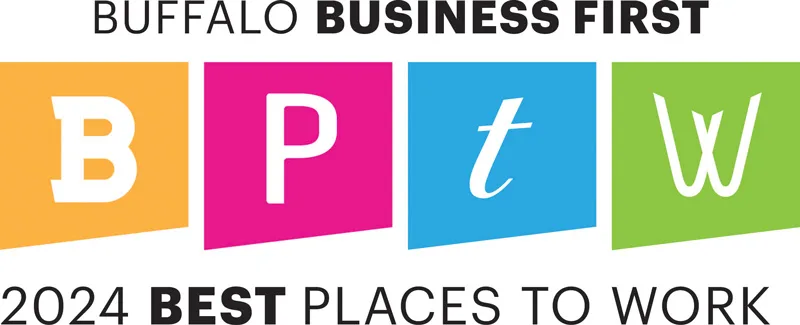Read the full article by AlignRx COO Greg Sanderson on Employee Benefit News.
Drug pricing is typically the main factor brokers and employer groups consider when evaluating PBMs. It makes sense. In a highly complex marketplace, their primary focus is getting their members’ prescriptions filled for the lowest price.
But projecting – and ultimately lowering – total drug spend is about more than discounts, dispensing fees and rebates. The clinical value a pharmacy benefit manager (PBM) can provide also plays a critical role in identifying savings. This means that a PBM that is seemingly more expensive at the outset may reveal more significant savings due to the clinical benefits it delivers. Here are three major factors brokers and employer groups should consider beyond unit cost when choosing a PBM.
- Formulary options
While pricing often takes center stage in the PBM selection process, brokers and their clients shouldn’t overlook the importance of formulary considerations. Is the employer going with an off-the-shelf formulary or investing in a custom formulary? Does the PBM’s formulary include a good mix of brand-name drugs and lower-cost generics?
Despite the availability of clinically equivalent branded and lower-cost products, many PBM formularies favor branded products due to their rebate value, yet generics often result in lower overall costs for plan sponsors. It’s also important to ask if your client’s PBM has its own pharmacy and therapeutics committee, clinical staff that manages a formulary and can safely steer patients to the most appropriate and cost-effective drugs.
Continue reading at Employee Benefit News.

